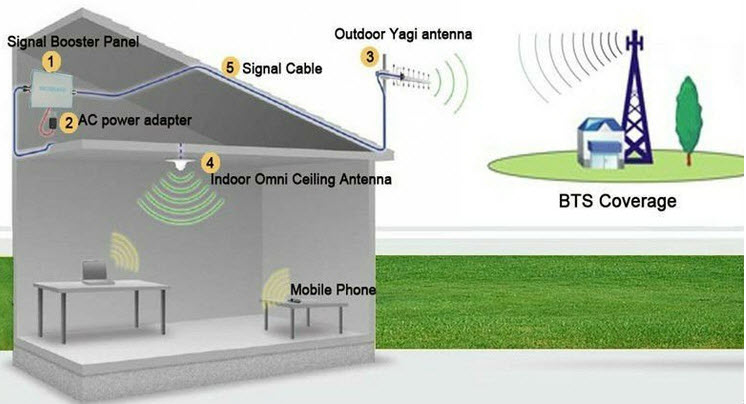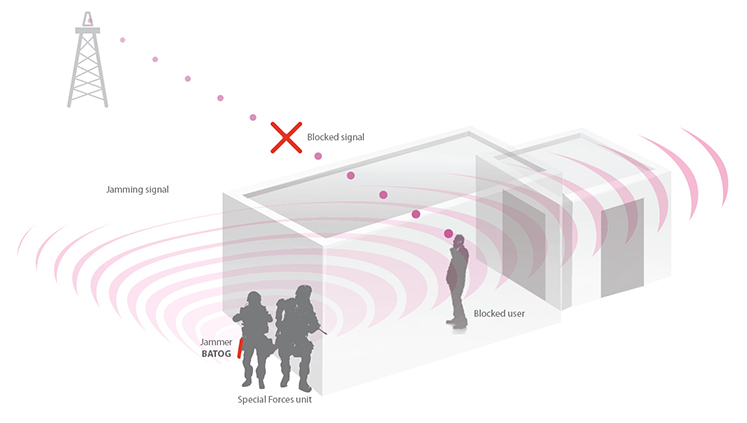Hello, Guys!
I just wanted to welcome all of you at my "CellPhoneBoosters" site as I would like everyone to know about that useful and helpful in our everyday life devices. Follow my website, read an interesting posts and always stay in touch!
If you are looking for more details regarding this then you are at the right Place :)
Guide to Cell phone Signal boosters

The main purpose cell phone signal booster is to take an existing mobile signal, typically found outside your residence, office or car, amplify the signal and then broadcast it to an arena which has weak or no signal at all. A cell phone signal booster panel consists of an external antenna, a useful signal boosting amplifier and an internal antenna, with cables being connected to all the components. On a very rare note, like the limited edition booster, the amplifier and internal antenna are one single unit, but most of the time the three components are separate.
Cell phone signal boosters are made to attract an existing signal, amplify it, and broadcast to a space that is receiving poor or no signal at all. In order for the system to work properly, there must be an existing, strong signal to receive and amplify. Cell phone signal boosters are not able to generate signal, they only amplify and transmit cell phone signal bars, so if you fail to place an external antenna in a location that has a strong signal levels, then a cell phone signal booster will not work effectively
Booster providers arrange cell phone signal booster sets by the square footage that they are able to cover in best possible circumstances. An ideal circumstance is defined as having a very prominent signal for the external antenna, and in the best possible location there is placed the internal antenna, so there are no major hurdles to prevent the signal from being broadcasted to the entire area which requires coverage.
The stability of the cell phone signal where you plan to place the external antenna directly figures out how large of an area you're able to cover inside of your residence, office, or car. If you have a stable external signal, you'll be able to cover an area similar in size to the ideal proposed coverage area of the signal booster. If you have a quite poor external signal, the inside coverage area will be much to be precise, which may require that you replace a stronger system to obtain necessary coverage. Always keep this in mind when looking at the promised square foot coverage that is listed for each signal booster.
Interpreting what the bars mean on your phone is also very important when gauging how strong the signal is where you're going to set the external antenna. While there's no provided ground rule for displaying cell phone signal with bars on a phone, and some phones display more or less than the standard 5 bars, the rule of thumb still prevails that each bar of signal is roughly 5 to 10 times the power of the earlier bar. This is why it is a must for people who experience weak signal, such as two, one bars, to consider a powerful cell phone signal booster than what is recommended for their residence coverage area.
Amplifier ranges are displayed in decibels (dBs), which is a way of measuring how strong and reachable they are. Decibels are a logarithmic mean of measurement, which means that for every 3 decibel that boosts, the amplifier actually doubles in intake (which also means for every 3 dB decrease, it is being half strong). If you're amplifying a low signal and want to be sure that you'll cover the full area, choosing a powerful amplifier can be the ultimate solution.
There are two different models of external antennas that you'll come across when deciding to get a cell phone signal booster. One of them is Omni-directional and the other - Yagi directional:
Omni-directional antennas are set to send and receive signal in all directions, so you will be able to reach multiple cell phone towers at the same time and increase cell phone signal for many providers. If you have a medium to high signal range in the area that you're going to be placing your external antenna, then an Omni antenna is ideal for your requirement.
Yagi antennas are set to send and receive signal in a more specific of a direction, so while you're not able to cover a wide area, you will be able to cover greater area to mobile towers that you would not be able to with a previously mentioned Omni antenna. If you're going to be setting up your external antenna in an area which has poor signal range, and you are looking to boost only one cell provider’s signal, then a yagi antenna is the ideal pick for you.
A Signal Booster - The Best Choice for Overcoming Poor Mobile Signal Connection in South Africa

Regardless of huge technical advances in the industry of mobile technology, a certain number of mobile users in South Africa still struggle to have constantly stable mobile network connection. As recent surveys have shown, more than 30% of mobile users across ZA are frequently exposed to the problem of poor mobile signal connection. Such problem frequently results in such unpleasant situations as dropped calls, unstable internet connection, temporary signal disconnection and others. According to the surveys it is proved that the problem of weak mobile signal connection is able to occur within all mobile network across the country, even the largest leading mobile network providers still cannot guarantee 100% stable mobile network coverage. Nowadays, in order to solve the problem of poor mobile signal connection, a great number of mobile users in ZA apply a special device which is called a cell phone signal booster. A signal booster or a network booster as it also sometimes called represents a device was which was directly designed to eliminate the problem of poor mobile signal perception by amplifying current poor mobile signal and enlarging the signal coverage into areas which receive poor mobile connection cervices. A phone booster was originally created in the USA, when after many years of studying the problem, the Federal Communication Commission approved the implementation of cell phone signal boosters to amplify the weak power of mobile signal connection. At the present time, a network signal booster is considered to be the most effective solution to overcome poor mobile signal perception in South Africa and all over the world. The device is in high demand in mobile market due to its effectiveness and affordability. If earlier, when it firstly appeared in the market, its price was very high, today this product is available to mass market. The system is very simple in its installation and operation. Basically, the device consists of three basic parts: an outside antenna, a signal amplifier, and an inside antenna. The outside antenna is applied to receive current mobile signal, which is later transferred to the signal amplifier through a special cable, which is generally supplied with the device. In the signal amplifier current mobile signal is boosted and then directed to the internal antenna. Finally, the internal antenna rebroadcasts the amplified signal to certain areas that require additional signal coverage. There are two general types of signal boosters: analog signal boosters and smart signal boosters. Analog signal boosters represent traditional type of booster, which utilize standard general technology to amplify all frequencies from cell phone carriers. They are basically wide band (or broadband) repeaters. These models are basically supplied with kit of outdoor antenna. They are another called DBA units (which means Bi-Directional Amplifier). The other type of boosters is called smart signal boosters, which are considered to be modern category of boosters. Smart signal boosters are based on innovative technology: they apply powerful all-digital baseband processors to clean mobile signal before distributing it. Smart signal boosters are generally carrier-specific and more powerful. They are able to provide the gain until 100dB, whereas analog models are able to reach maximum 70dB. Smart models are generally higher in price, but they also have some advantages over analog ones. They don’t require the installation of the outside antenna, as the antenna is already implemented in the amplifier’s box.
For more information on that research you can follow the link: https://mybroadband.co.za/news/wireless/118845-how-cellphone-signal-jamming-works.html